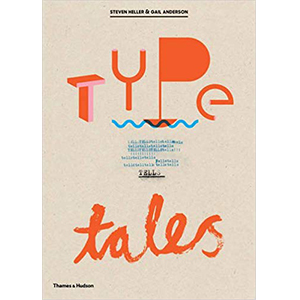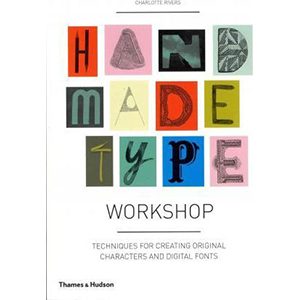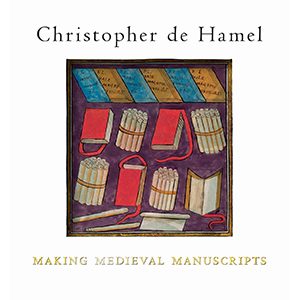Type Tells Tales
Type Tells Tales focuses on typography that is integral to the message or story it is expressing. This is type that speaks – that is literally the voice of the narrator. And the narrator is the typographer. This can be quite literal, for example when letters come from the mouth of a person or thing, as in a comics balloon. It can be hand lettering, drawn with its own distinctive peculiarities that convey personality and mood. Precedents for contemporary work might be in Apollinaire’s calligram ‘Il pleut’ or Kurt Schwitters’ children’s picture book The Scarecrow, or in Concrete Poetry, Futurist ‘Words in Freedom’ or Dadaist collage.
Seeking out examples in the furthest reaches of graphic design, Steven Heller and Gail Anderson uncover work that reveals how type can be used to render a particular voice or multiple conversations, how letters can be used in various shapes and sizes to create a kind of typographic pantomime, and how type can become both content and illustration as in, for example Paul Rand’s ‘ROARRRRR’. Letters take the shape and form of other things, such as people, faces, animals, cars or planes. There are examples of how typographic blocks, paragraphs, sentences and blurbs can be used to guide the eye through dense information.
RM149.90
Out of stock
Description
Type Tells Tales focuses on typography that is integral to the message or story it is expressing. This is type that speaks – that is literally the voice of the narrator. And the narrator is the typographer. This can be quite literal, for example when letters come from the mouth of a person or thing, as in a comics balloon. It can be hand lettering, drawn with its own distinctive peculiarities that convey personality and mood. Precedents for contemporary work might be in Apollinaire’s calligram ‘Il pleut’ or Kurt Schwitters’ children’s picture book The Scarecrow, or in Concrete Poetry, Futurist ‘Words in Freedom’ or Dadaist collage.
Seeking out examples in the furthest reaches of graphic design, Steven Heller and Gail Anderson uncover work that reveals how type can be used to render a particular voice or multiple conversations, how letters can be used in various shapes and sizes to create a kind of typographic pantomime, and how type can become both content and illustration as in, for example Paul Rand’s ‘ROARRRRR’. Letters take the shape and form of other things, such as people, faces, animals, cars or planes. There are examples of how typographic blocks, paragraphs, sentences and blurbs can be used to guide the eye through dense information.
Publisher : Thames &Hudson
Paperback
2017
ISBN: 9780500420577






